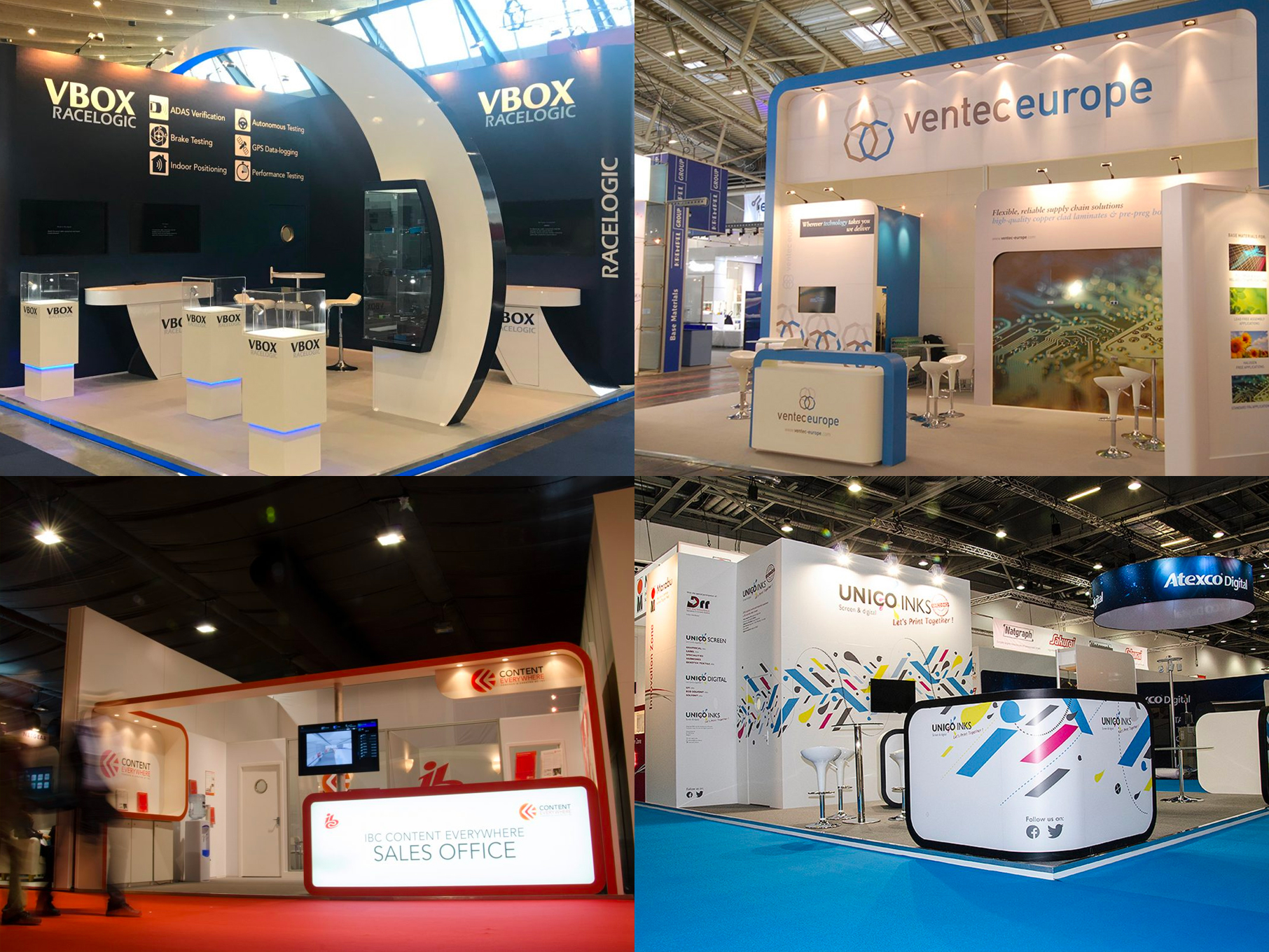Gather information
- Visit the web site for the event. This should provide information on the cost of exhibiting and space rental procedures.
- Make sure you understand the facts and figures from of the previous year’s show, e.g. visitor numbers, peak times, other exhibitors etc.
- Read new releases published online by the the organisers and submit your information.
- Find out about conferences/seminars running alongside the event.
- Useful information is often hidden in the FAQs section.
Set the budget
Think about the following elements:
- Space cost, design, construction
- Preparation and transport of exhibits
- Graphics for displays
- On-site entertaining
- Personnel, transport, hotels
- Promotional plans for the show
Download our handy exhibition budget tracker to help you monitor budget and expenditure.
Draw up a comprehensive written design brief
A written brief gives all parties involved the chance to comment before any money is spent and reduces the ‘subjective’ factors. It also provides a benchmark against which the design can be evaluated.
Don’t:
- Change the brief without telling the designer/contractor.
- Agree to any informal arrangements not covered by the agreed brief.
- Let your staff be put off by the change of surroundings or the glamour of the show. You would not send three of your employees to lark about in a customer’s reception hall -doing it on-stand is the same thing.
Do:
- Devote time to properly briefing your designer and contractor – it generally saves a lot of telephone calls later!
- Make sure your contractor and designer agree to brief in writing, and that they think it is feasible and realistic.
- Encourage your contractor and designer to make suggestions: aside from the value of the ideas, they will be more engaged with the end-design.
- Appoint a reputable contractor and designer (for example CNM Exhibitions!)
- Make sure all parties know and are happy with the communication channels, e.g. how and when to contact with you, whether all communication should go through you or whether the designer and contractor should liaise directly.
- Ensure that all personnel involved with the exhibition – both internal and external – are clear on relevant developments as they occur and know their responsibilities.
- Regard your show programme as an integral and important part of your sales and marketing plan.
- Consider exactly what you want to get out of the exhibition and what you need to put in to get it.
Read our guide on how to write an exhibition stand brief and download our template.
Write short but informative reports after major meetings.
Hold briefing sessions, particularly on stand staffing, rotas and who does what on the stand. Are all those overseas representatives aware of the latest product modifications? Do the works manager and foremen appreciate that the samples have to be in show condition four weeks before the exhibition, to allow for plinths to be made?
Appoint a stand manager from the word go
If it is not you, make sure that a stand manager is appointed and the appointment is known early on. Ensure there is a deputy. It is essential that pre-show coordination and decisions about on-stand operations have one arbitrator whose authority is unchallenged – before, as well as during the show.
Pay attention to detail at all times
A grand concept can be spoilt by something as mundane as uncomfortably small type on your display panels or overflowing waste bins. Constant vigilance will avoid these small but significant pitfalls. It is not pernickety. It is professional.
Measure effectiveness
- Make arrangements to measure the effectiveness of your exhibition presence and the success of your stand objectives.
- Keep accurate records of all enquiries and follow them through.
- Establish, if possible whether you would have got the order if you had not been at the show.
- Keep analysis going. Sometimes contacts begun at an exhibition take time to flourish, but with careful nourishing they often do.
- Carry out a post-exhibition survey; either through a research house or via your own staff, with a simple email or telephone questionnaire. It is worth establishing how widely you were seen; if your sales message was noted, what customers liked or disliked, did or did not understand. Do it within a few days of the exhibition – you’ll be surprised how useful it can be.
We hope you’ve found these tips helpful. If you’d like any advice on planning for your next event, please get in touch.


